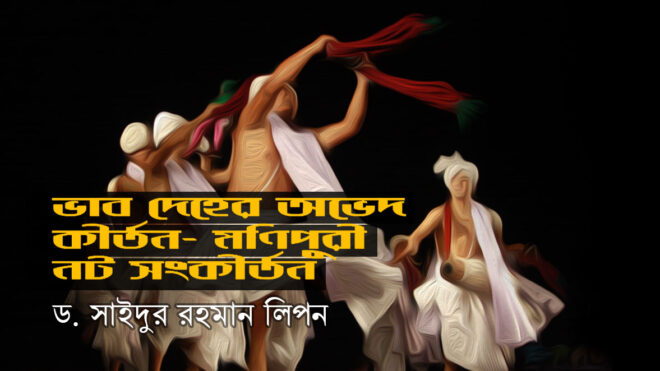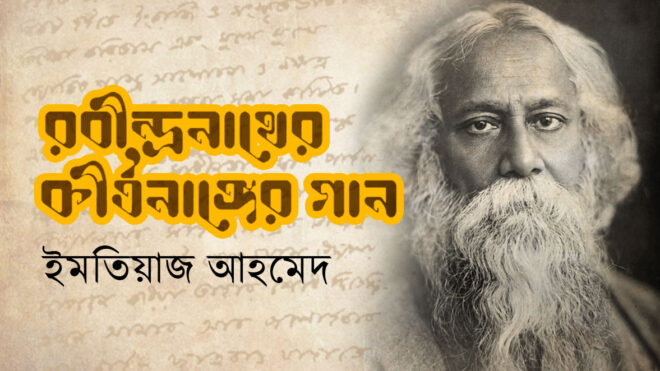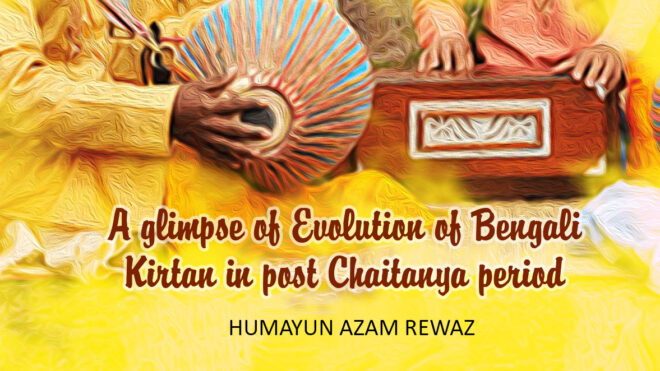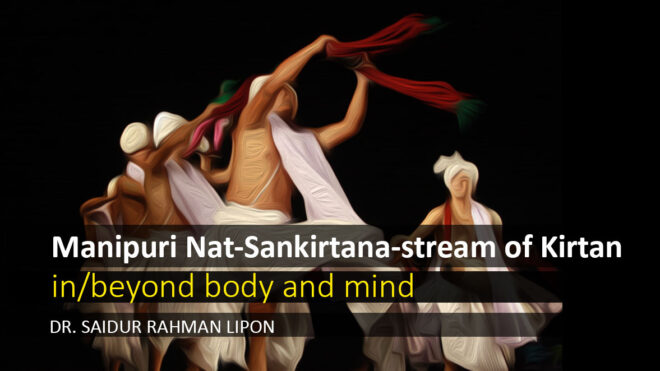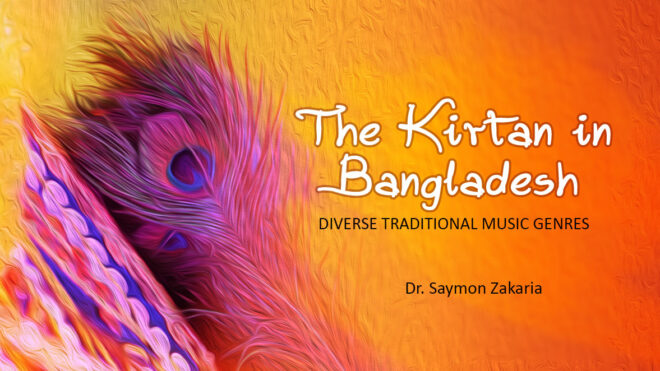Kirtana existed when there was no speech, no language or even no sounds. Kirtana is eternal, the game of immortality, a holy conversation of heart’s longing for union between human and the omnipotent. Kirtana does not consider words as Hinduwani, Musalmani or Christiani – there is no caste or outcaste in the realm of song, no sect, no religion. It hold the complete historical features of human race in its varied rhythm. Kirtaan does not differ literate and illiterate – all are indifferentiated.
[Susanta Adhikari, “kichukotha”, Father Zosef M. Gomej’s Kirtoner Guno-Kirton (Praising Kirtan), Dhaka 1996, p. 7]
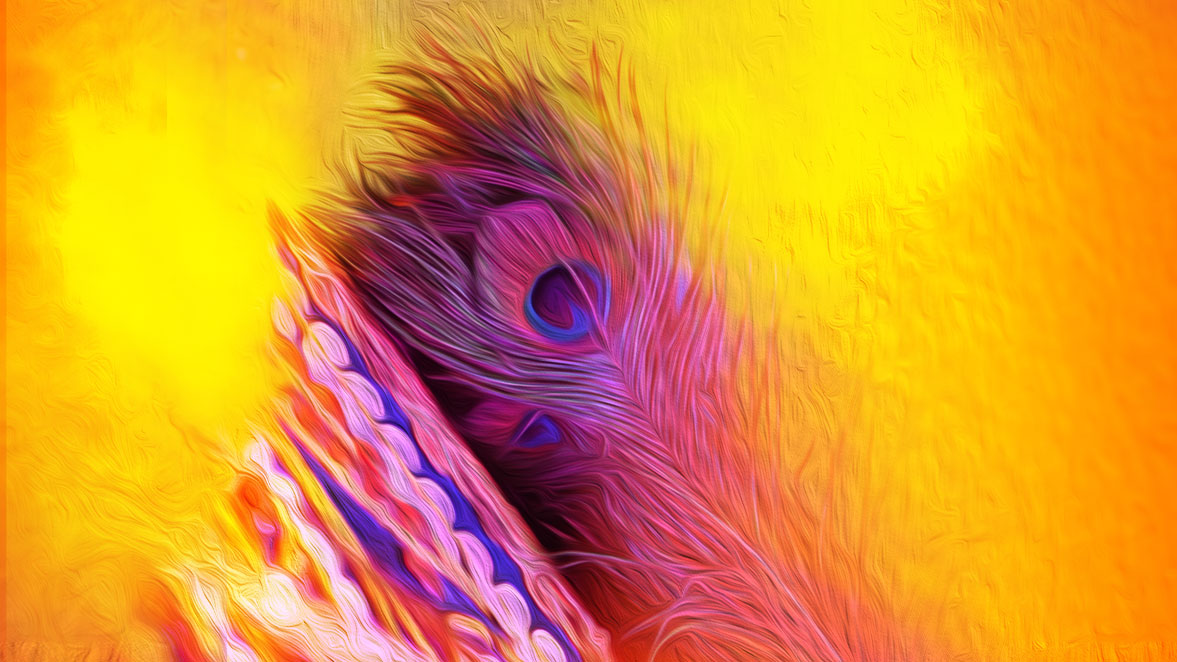
Agreeing to the above quotation, I like to repeat that Kirtana, like eternal and endless game of immortality, was existing even before the discovery of language, sentences, words and voice. The Kirtan which is actually dramatic conversation between human and the God is the most ancient music, the oldest adoration. However, Kirtana remained undisputed due to our perspective limitation. My lecture is to focus on the diverse tradition of Kirtana in Bangladesh.
One
We all are aware about Charyapada that bears the elements of ancient traditional performance base arts like songs, dance, play and instrumental music. Charyapada were written in between 650 to 1200 AD. But we were unknown to them until 1906.
In 1907, Haraprashad Shastri discovered the manuscripts of Charyapada. He wrote, “I found a number of manuscripts of the Charyapada in Nepal in 1907. One was titled ‘Charyacharyobinishcoy’ which contains a few Kirtana songs with footnotes in Sanskrit. The songs are like the Kirtana of the Vaisnaba, called ‘charyapada’”.
Mr. Shastri, in 1916, clearly mentioned that Charyapada are basically “Kirtana songs” and he assumed that “the songs are like the Kirtana of Vaisnaba”. We still have lack of understanding about Shastri’s hints. By analysing the songs – their order, expression and metaphors, we can seal them as the ancient form of Kirtana. Let us observe the Charyapada number 10 – “Nagara bāhiri ḍōmbi tōm̐hāri kuṛiẏā/ cha’i cha’i jāhacha brāhma nāṛiẏā”. Don’t we find any similarity with the famous SrikrisnaKirtana song “Kē nā bām̐śi bā’iẏi baṛā’i”? Thus, srikrisnaKirtana has conformity with a number of Bddhist Kirtana in the Charyapada.
Now, we may ask whether the Buddhist Kirtana has extinct alike the lineage of Charyapada. Definitely, No. Buddha Kirtana is still a living tradition in Bangladesh, especially in the hilly districts of Bangladesh. The performances of ‘Siddhrth’s Leaving Home”, “Raja Ashoka”, “Angulimana” etc. are very popular there. Recently, as part of the reestablishment of charyapada lineage, the present days traditional music practitioners are flowering the ancient Buddha Kirtana. Please let us experience Charya 10 through performace of Sadhika Srijoni Tania:
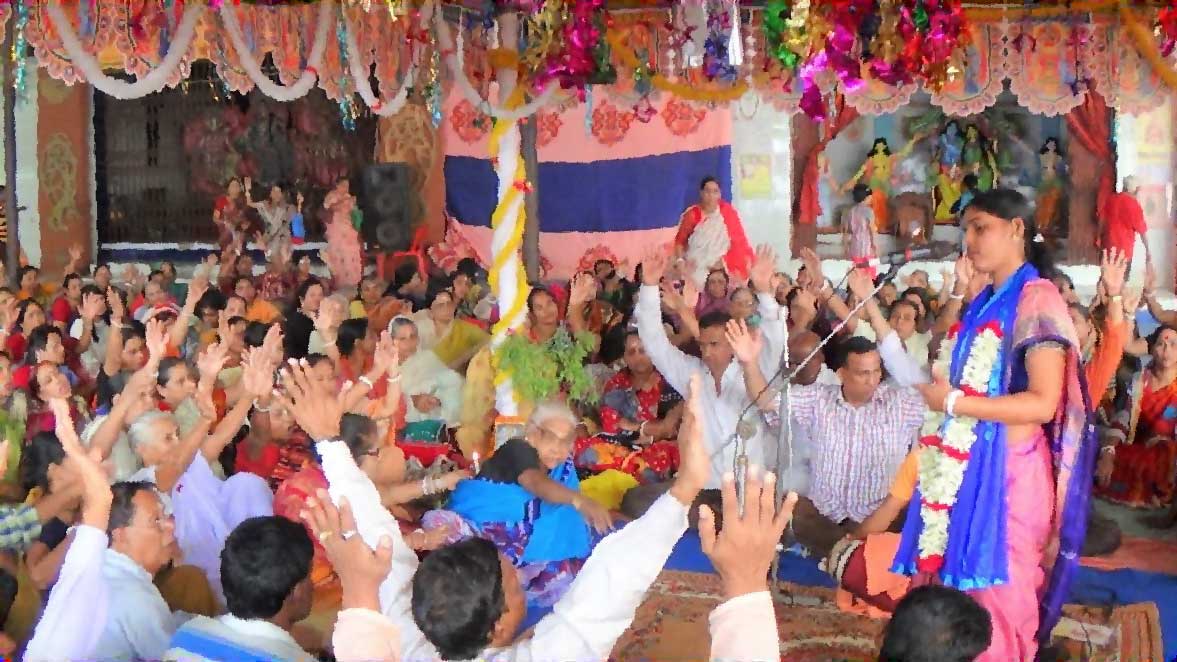
Two
Taking historical catena into account, we may settle that the unique tune and feeling of universal love in the ancient Buddha Kirtana in course of time transformed into Vaisnabi Kirtana. The madrigal of Kanho and Dombi in the Buddha Kirtana through the order of Vaisabi Kirtana took the form of the madrigal of Radha and Krisna.
Vaisnaba Kirtana enriched by dint of the talent of Jayadeva, the author of Gitagovinda, Chandidasa, the author of SrikrisnaKirtana, Bidyapati, Gobinda Dasa and so on. On the other hand, Sri Chaitanya Mahaprovu introduced the gaurio vaisnaba religion. Since the age of Chaitanya, the Vaisnaba Kirtana groomed as the popular music tradition. This tradition pushed the Bhabandolan [movement of establishing universal love] in undivided Bengal. This music tradition is still a feat in the greater Bengal.
The middle Bengal Muslim poets were also influenced with the bhabandolan. We see that Alaol, Ali Raja aka Kalu Fakir and many other middle Bengal Muslim poets wrote songs in the order of Vaisnabi Kirtana. Even in the modern era of literature, Rabindranath Thakur, Kazi Nazrul Islam and others also followed Kirtana tradition in writing songs. I invite you now to listen to a Nazrul song – “Sakhi, ami na hoy maan korechinu / tora to sokole chili…”
You all must have some understanding about Vaisnabi Kirtana’s evolution and scope. So, I am focusing on a few undiscussed corners of Bangla Kirtana.
Three
Christian Kirtana in Bangladesh has the history of three hundred years. In 1670, a Prince of Jessore region was initiated into Christianity and renamed as Dom Antonio Rosario (1643-1695). He started performing ‘Saint Antony Pala’ in the purpose of preaching Christianity. From then onward, Christian Kirtana evolved across parts of Bangladesh.
Ramuel Gomez Ramu was another popular Christain Kirtan artist in the region of Barishal. He presented the life and sacrifice of Jesus Christ through his Kirtana performances. His performances became so standard that his order appeared as ‘Ramu’s Pala’, which is still a living form of Kirtana in the contemporary Barishal region.
The Christian communities in the districts of Dhaka, Gajipur, Natore, Meherpur and Dinajpur have a number of active Christian Kirtana Performers. In 2015, I came to know about the tradition of Christian Kirtana in Bangladesh when I attended a chritian Kirtana festival, titled sadhy antony’s palagaan at Nabojyoti Niketan Jesus Sangha of Mothbaria in Gajipur. It was like a national festival where 16 Christian Kirtana Groups from Dhaka, Gajipur and Natore joined. Four of the groups performed every day. It was a festival of four days. Most of the groups performed by following oral tradition, except a few groups who have hand-written manuscript.
However, Meherpur district is enriched with the tradition of Christian Kirtana. The villages of Bhaberpara and Ballavapur in Meherpur district have many Christian Kirtana performers. Their performance is based on the mundane stories of Christianity and the holy Biblical stories. Some of the popular performances are ‘The Birth of Jesus’, ‘The Pala of Lazarus who got back life from death’, ‘Samaritan Pala’, ‘Jibani Pala’, Ápobyay Putra Pala’, ‘Mrittu Pala’ etc are some of the popular Christian Kirtana performance.
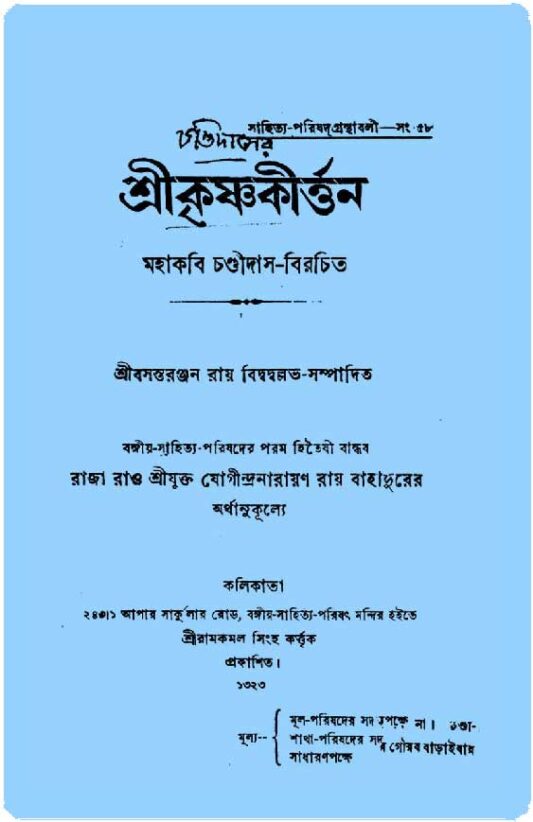
Four
The Baul-Fakirs of Bangladesh are noted for practicing Vaisnabi Kirtana. They feel ownership of Vaisanbi lineage. For example, we can keep the Goshtha and Gouraleela songs of Fakir Lalon Sain in our mind. The vaisnaba singers perform Gostha gaan in the morning, which is also followed by the Lalon followers. The after-Lalon bauls carried this tradition forward. KhodaBoks Sain, a follower of Lalon, created a number of Kirtana. Many of his songs reflect the tone and Ākhara of traditional Kirtana. For instance, “Ō rā’i, ē bharā bhūbana mājhē / yēdikē phiri aparūpa hēri / nihāri sakāla sām̐jhē” [O Rai, in the midst of this full land/ where I return to the wonderful beauty/ I look at the morning and evening]. In this song KhodaBoks Sain used two Ākhara: “Takhana nūpura balē, āmi jitēchi rē/ āmāra dhātura janama saphala halō/ śrī rādhikāra caraṇa pēẏē” “Kōna bidhātā gaṛiẏāchērē/ gaṛē bujhi rūpa dēkhē nā’i rē/ dēkhalē chēṛē dita nārē”. The baul love this song very much. Today Sadhika Srijoni is performing for us:
The Sufi practitioners also perform Kirtana. Famous Sufi poet of Kustia, Mr. Abdur Rahman Chisti and the living legend of Dhaka district Mr. Arif Dewan composed a lot of songs in Kirtana order. Their songs contains the essence of the estrangement story of Radha and Krisna. Hpwever, their inner objective is to highlight human love.
Termination
It is a common perception that Kirtana is a Hindu or Vaisnaba tradition. But, we find that Kirtana in Bangladesh does not confined within a particular religious culture. It is in fact a cultural tool of exposing diverse tradition of expressing the feeling of love among human being who may hold any religious ideology or philosophic path. From the ancient time till today, the Buddha, Hindu, Christian, Muslim, Baul-Fakir and many different ethnic communities holds Kirtana as a superb medium of expressing universal love of human. [Translated by Nurunnabi Shato]
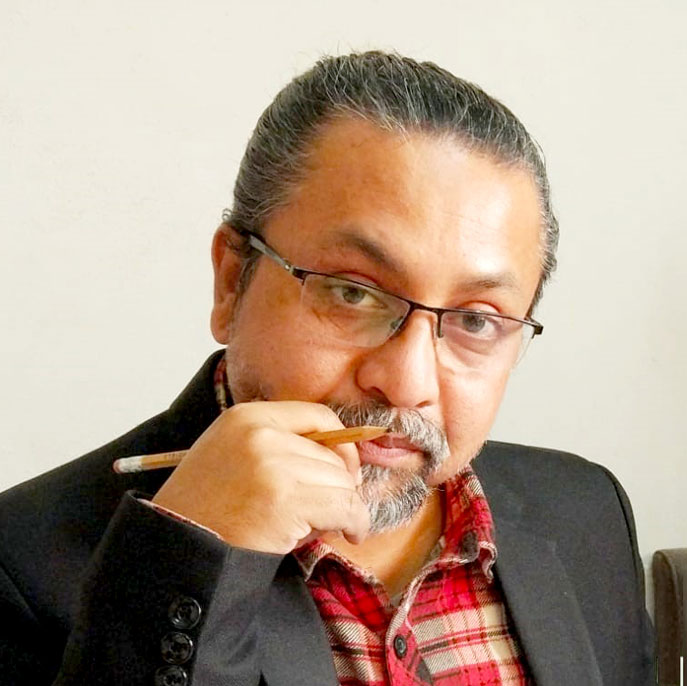
Information of Author
Saymon Zakaria, PhD
Author and Researcher, Intangible Cultural Heritage
